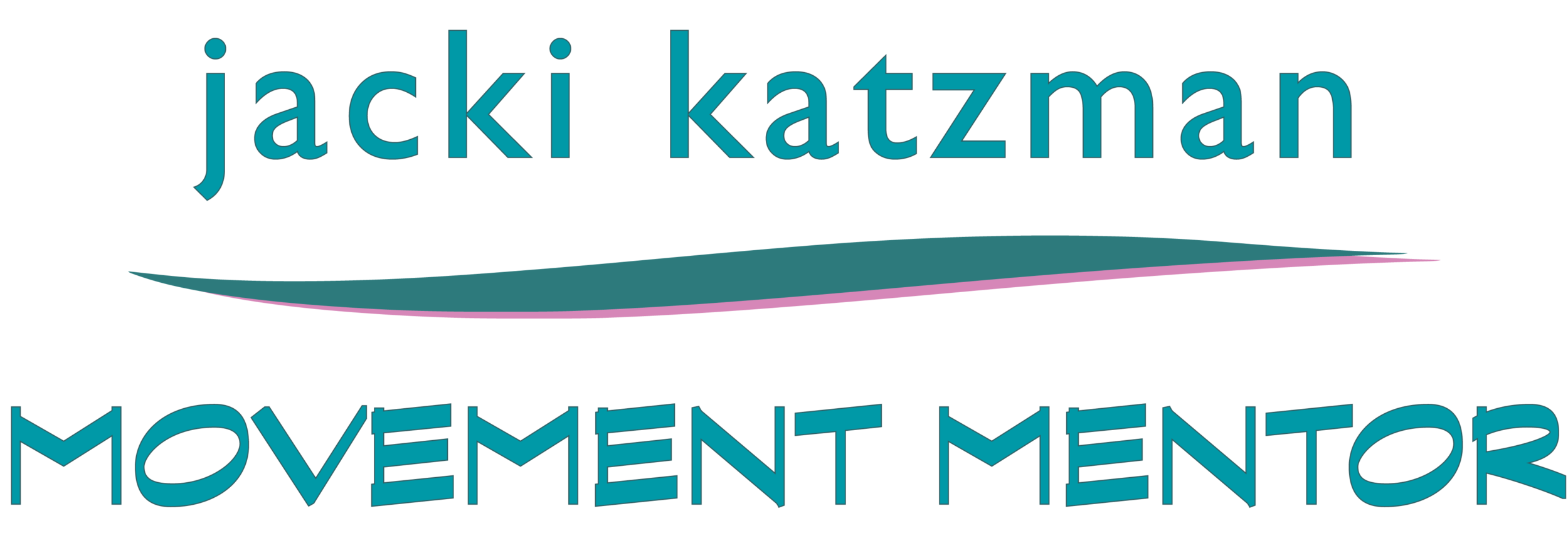More Pelvic Floor - 6 - Core Values
Magnificent Michelle Yeoh in Wing Chun (1994)
More Pelvic Floor - 6 - Core Values
Freedom to Breathe and Move Comes With Pelvic, Ab and Spine Alignment
Yes, Michelle Yeoh is this week’s fantasy girl and role model. See how she balances on one leg, has the other leg in the air as she breathes easily with a soft face and free arms? That’s what this lesson is about - the proper arrangement of the pelvis, spine and abs to free the chest, arms and head.
We again apply our legs’ weight, in slow, eccentric contractions to strengthen the lower pelvic floor, this time adding in concentration on the breath to disentangle the hips from, well, everything else. It’s a rude awakening, but an important one.
How do you breathe while moving with grace? Part of the answer is in the spine. The spine can twist, rotate and bend to allow the amazingly free movement that lets humans dance and dive and spin and hit tennis balls. The spine can also function as a pyramid or supportive structure for the ribs, head and legs.
The three layers of intrinsic back muscles, known as the erector spinea, collectively extend from the sacrum to the base of the skull. These muscles are associated with the movements of the vertebral column, and the control of posture. Also feeding into the spine are the psoas muscles, which depend on the stability of the spine to properly lift the leg.
That solid spine configuration is core to this lesson. The trick the use of the knees as pulleys to catch and lift the pelvis - one side, the other, then both together - while engaging the spine in its support function. This is an opportunity to explore deeply how to align the low back for optimal strength and support for both the legs and the upper body.
Abdominal and thigh muscles. Image source: innerbody.com
Optimal use of the knees. source: target your rectus abdominus with 3 Ab Exercises
Skillfully connecting the pelvis and spine through the action of the knees is step one. From there its time to begin to notice if you have a habit of constricting the chest - likely unnecessarily - to ‘help’ rock the pelvis or lift the legs.
Unnecessary tension is both tiring and can lead to injury. In Feldenkrais language, this excess muscle engagement is call ‘parasitic’ movement. Here is a chance to strip that extra tension away and allow freer movement, unconstrained by parts that want to help, but are actually getting in the way. Look into the chest, the upper back, neck, jaw, tongue (yes!) and toes for tension that only holds you back.
The final piece is to add the pelvic floor. Anything that involves the pelvis and legs naturally includes the pelvic floor. And here is where you find the real power - the theme of this series.
Visualizing the spine as a pyramid, with psoas connecting femur to spine for supporting the legs.
Visualizing the front support system, from leg through pelvis to chest. This support allows you to breathe and move.
Source: Anatomy and Asana: Preventing Yoga
If I had followed the original series progression, we would have done it last week. I dove deep to understand this lesson’s purpose and reason for its inclusion in this series. I went back to the original Moshe Feldenkrais lesson (AY97 for those in the know) and studied a number of anatomy videos to get clear on what movements of the feet and legs would guide us to optimal pelvic organization. If only for myself, it was a worthwhile exploration of what ‘core’ means.
Science nerd candy - all of last week’s selections are useful this week. The best ones to review are listed below, along with a few new visualizations that I found particularly insightful:
Target Your Rectus Abdominis with 3 Ab Exercises (useful up to 1:45)
New! Hanging Leg Raises (shows relationship of psoas from femur to spine to help elucidate ‘spine as pyramid’)
New! Abdominal Bracing (A review of the abdominal muscles’ structure, with an animation of this lesson’s centerpiece movement at 2:42)
L'ilio-psoas ou psoas-iliaque (French, shows psoas’ connection from leg to spine - a theme this week - in sit ups)
Take this one slowly. The lesson is simple, but also challenging. The connections between leg, hip, chest, and head (including neck and jaw) may be surprising and frustrating. Good thing you are starting now! We may not be throwing kicks like Michelle Yeoh, but finding a better organization of the pelvis makes whole new worlds of movement - while breathing - possible.





